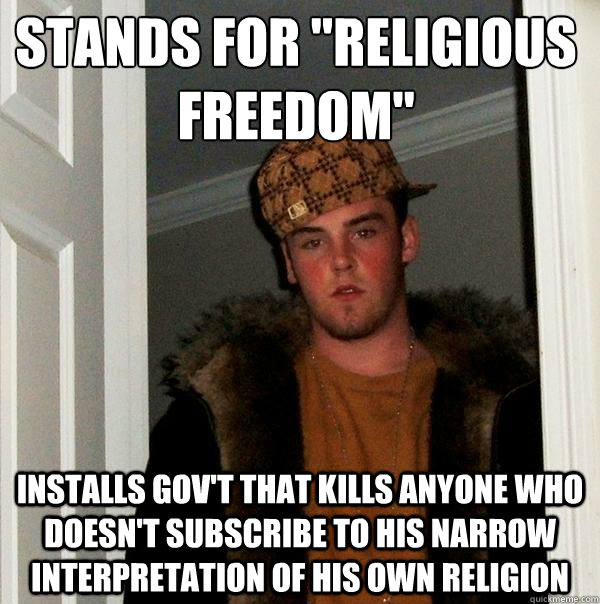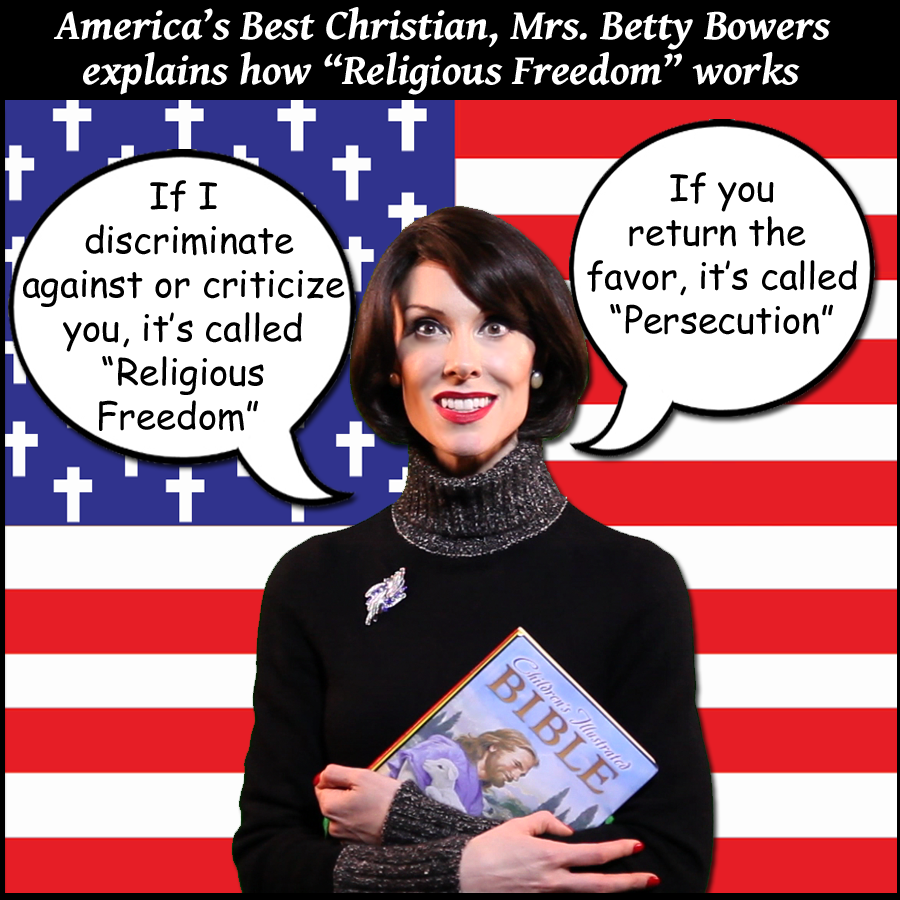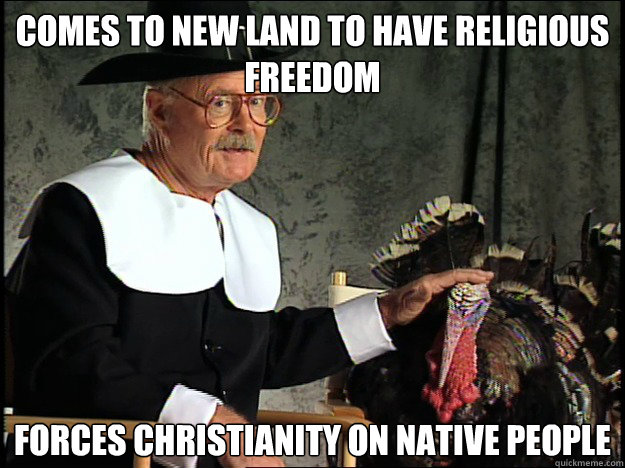
In Employment Division v. Smith (1990), the US Supreme Court set precedent on the First Amendment’s Free Exercise Clause.
Here’s the facts of the case: Alfred Smith was an Native American before the US Supreme Court. He claimed using peyote, a banned schedule 2 drug under the Controlled Substance Act, was his religion. He ended up in court claiming the denial of unemployment benefits, by the Department of Human Resources of Oregon, was a violation of his free exercise rights.
The Smith case dealt with the issue of free exercise of the first amendment. Specifically, could a state deny unemployment benefits to a worker fired for using illegal drugs for religious purposes? A right of free exercise was the issue before the US Supreme Court.

The Court decision was 6-3 vote. Here’s the holding: “The Free Exercise Clause permits the State to prohibit sacramental peyote use and thus to deny unemployment benefits to persons discharged for such use. Neutral laws of general applicability do not violate the Free Exercise Clause of the First Amendment.” Supreme Court Justice Antonin Scalia delivered the majority opinion.
Historically, Congress has tried to redefine/expand the meaning of the constitution whereas Supreme Court can only define the meaning of the constitution. For example, in Marbury v. Madison, the Congress tried to expand the meaning of original jurisdiction in the Judiciary Act of 1789. Moreover, Congress, in City of Boerne v. Flores, tried to redefine the meaning of free exercise clause in the Religious Freedom And Restoration Act 1993. In both cases, Supreme Court told Congress only the Supreme Court can define the meaning of the constitution.
In Employment Division v. Smith, the free exercise clause goes from a broad meaning to a narrow one. In the Smith case, the court overturns the meaning of free exercise; that is, in the past, Sherbert v. Verner and Wisconsin v. Yodar said an “undue burden” on your religious liberty cannot stand. However, Smith said, if there is a law of general applicability, you get no exemption for religious liberty. Basically, the Court narrowed the meaning of free exercise in these cases with the Smith case.

Ironically, Justice Antonin Scalia, a Supreme Court Justice nominated by Ronald Reagan, overturned the meaning of the free exercise clause of the first amendment. At the time of the Smith ruling, Justice Scalia must of got tired of all the minority religions (Amish, Seventh-Day Adventists, Native American Church, Church of Lukumi, etc) getting religious carve outs from the law. Today, by the same token, mainstream religions like Catholics can no longer get first amendment protection from general applicable laws like contraceptive laws and bathroom bills as they once did. In hindsight, Scalia probably wishes he didn’t make the Smith ruling.
Consequently, the free exercise clause has little teeth for the protection of free exercise of religion. That being said, RFRA, with it’s “least restrictive means” test, is the only barrier standing in the way of getting rid of religious liberty; nevertheless, states are trending toward repealing their RFRAs across the country.
In the final analysis, Supreme Court Justice Antonin Scalia put the final nail in the coffin of the first amendment’s free exercise clause. Basically, he buried the free exercise clause with the Smith case. Now, the constitutional has little protection for the free exercise of religion.

Thank you for sharing your thoughts. I really appreciate your efforts and I am waiting for your next post
thanks